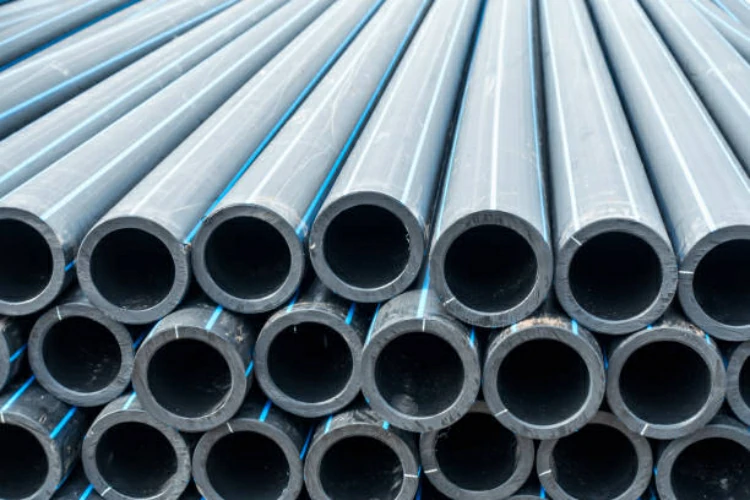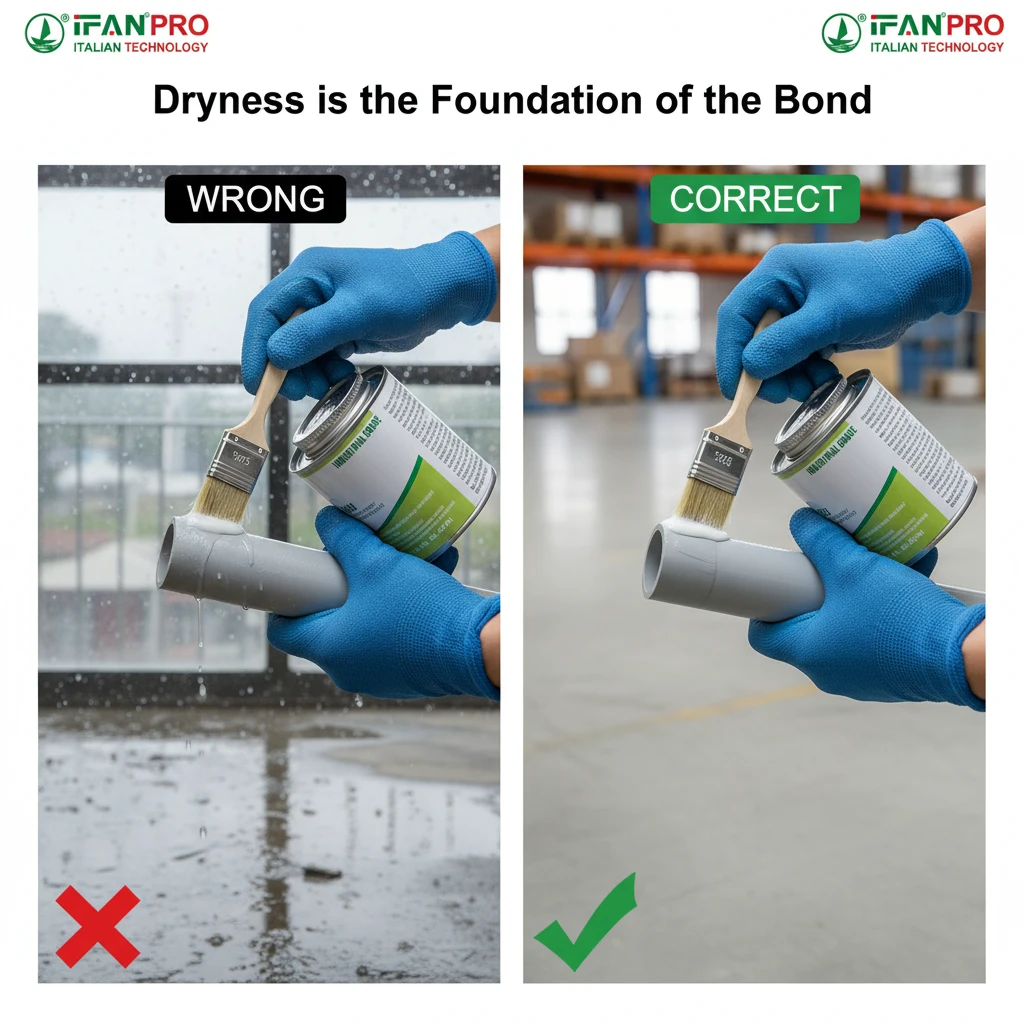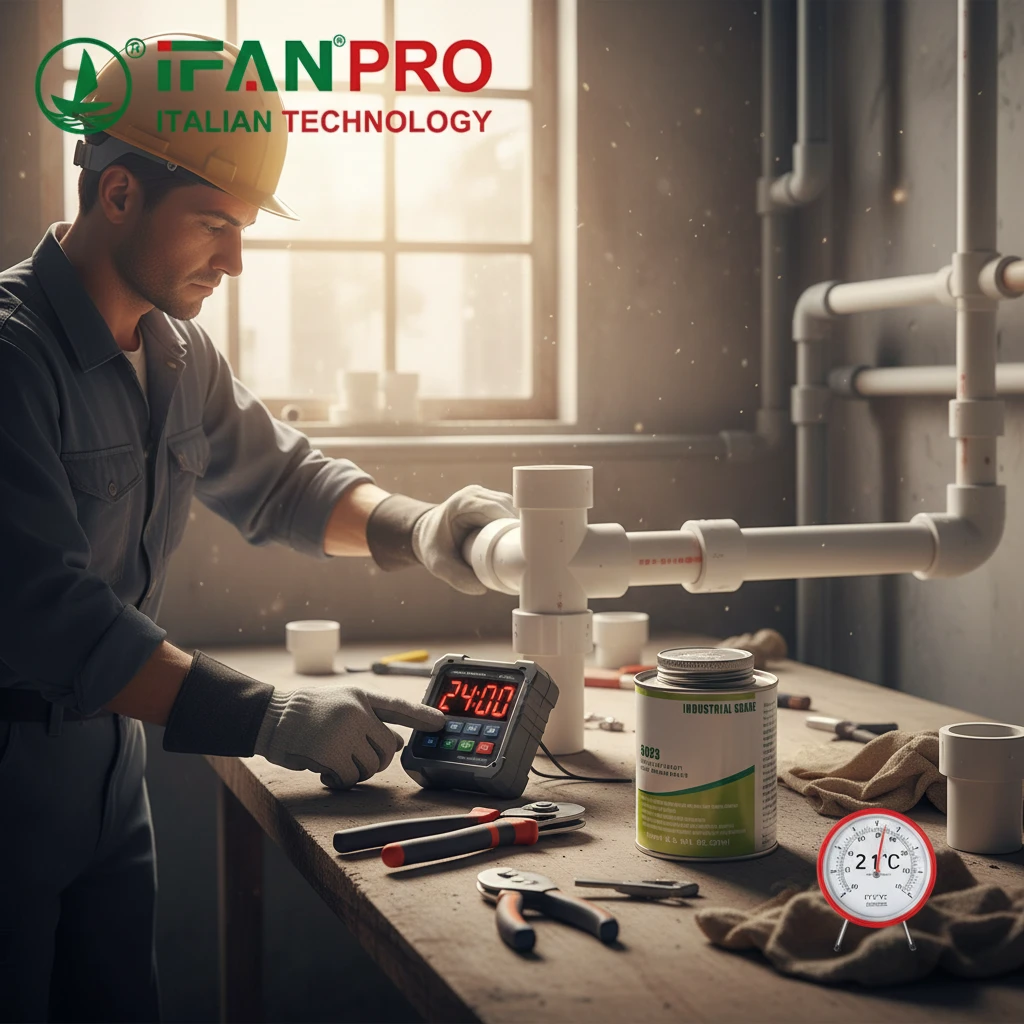Unveiling the Thermal Performance of HDPE Pipes
Introduction to HDPE Plumbing
HDPE (High-Density Polyethylene) plumbing systems are prized for their versatility, durability, and resilience against various environmental factors, including temperature extremes. This section explores the heat resistance of HDPE pipes and their suitability for different plumbing applications across a range of temperatures.
Thermoplastic Properties
HDPE pipes exhibit thermoplastic properties, meaning they can withstand a wide range of temperatures without undergoing significant deformation or degradation. The molecular structure of HDPE imparts excellent thermal stability, allowing the pipes to maintain their structural integrity and performance even under extreme heat conditions.
High Temperature Resistance
HDPE pipes are known for their high temperature resistance, making them suitable for hot water distribution and other high-temperature applications. HDPE pipes can withstand continuous exposure to temperatures of up to 140°F (60°C) without compromising their mechanical properties or performance. This high temperature resistance ensures reliable and long-lasting plumbing installations in hot water systems, industrial processes, and outdoor applications.
Low Temperature Flexibility
In addition to their high temperature resistance, HDPE pipes exhibit flexibility at low temperatures, further enhancing their suitability for cold weather environments. Unlike some other piping materials that may become brittle or prone to cracking in freezing temperatures, HDPE pipes remain flexible and resilient, ensuring reliable performance in cold climates and winter conditions.
Thermal Expansion and Contraction
HDPE pipes provide a significant environmental benefit through their recyclability. At the end of their operational life, HDPE pipes can undergo collection, sorting, and recycling processes to produce new products, thereby reducing dependence on virgin materials and cutting down on waste.
3.5
Applications in Heating Systems
Their high temperature resistance, flexibility, and corrosion resistance make them an ideal choice for transporting hot water and heating fluids in residential, commercial, and industrial settings. HDPE pipes provide efficient and reliable heat distribution, contributing to energy savings and comfort in buildings.
Conclusion
HDPE plumbing systems offer exceptional heat resistance and temperature range suitability for a wide range of applications. From hot water distribution to heating systems, HDPE pipes provide reliable performance and durability in both high and low-temperature environments. By leveraging the thermal properties of HDPE, property owners and contractors can achieve efficient, long-lasting plumbing installations that withstand the rigors of changing temperatures and environmental conditions.
IFAN is a Chinese manufacturer of plastic pipes, fittings and valves with 30 years of experience. If you are interested in IFAN Raccords en cuivre, vannes en cuivre, tuyaux et raccords en plastique, veuillez nous contacter. IFAN offers you a variety of standard pipes to meet your specific needs. Click below to learn more about IFAN’s wide range of affordable and cost-effective valve products and piping system related products.
We will reply your email or fax within 24 hours.
You can call us at any time if there is any question on our production.
For more information,pls visit our webside https://ifanpro.com/
Veuillez envoyer un courrier à l'adresse suivante [email protected]
Whatsapp : + 86 19857948982














Commentaires récents